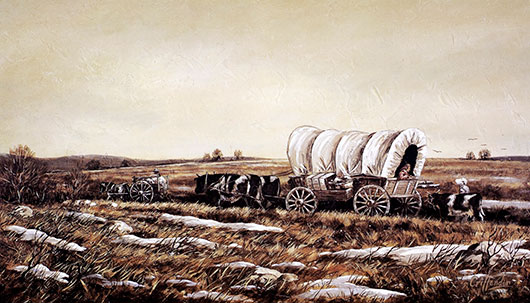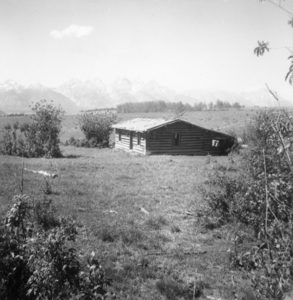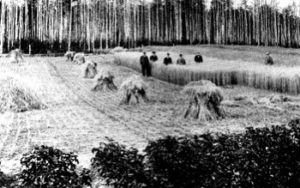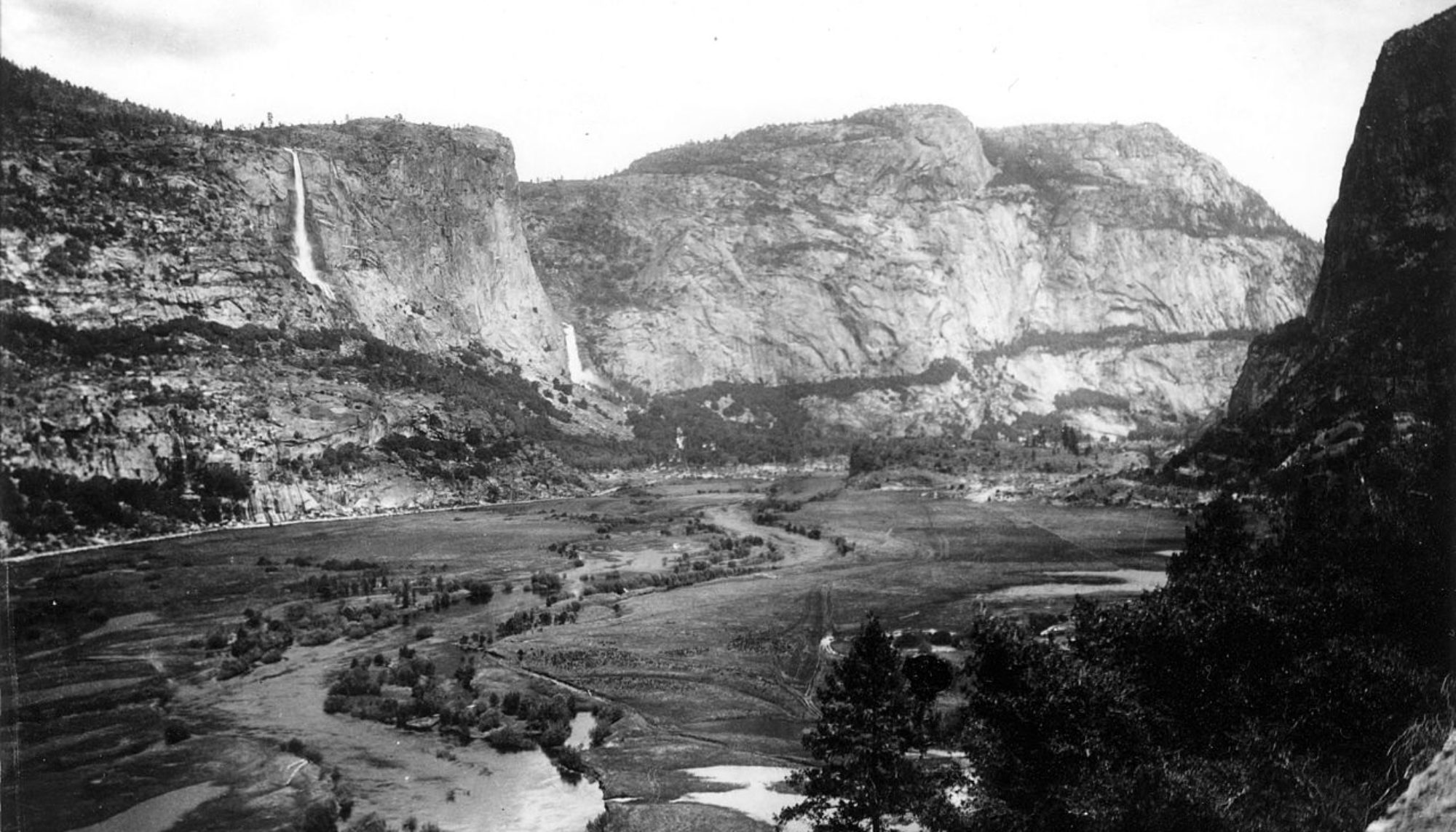
Congress established the Timber Culture Act of 1873 on March 3rd. The law as a Western region addition to the Homestead Act of 1862. In both laws, settlers had the opportunity to get free land to settle on in new territories acquired by the United States. Designed to populate areas of the United States, the TCA, and the HA had almost the goals. In both laws, the government gave settlers 160 acres of land for free if said settlers made improvements to the land. Settles had to build up towns and communities in territories covered under the TCA and HA. What made both laws different, is that the TCA gave settlers the chance to get another 160 acres of prime land. Although, this extra 160 acres of public land came with a catch. Unlike the HA, the TCA required settlers, under law, to plant trees in a small percentage of the extra acquired acreage. This stipulation is what separates the TCA from the HA. The planting of trees was a secondary goal of the TCA, one to which, scientist believed would completely change the ecosystem of the arid Western territories. While also giving setters the resources to build the new territories.

The language of the Timber Culture Act lays out the rules and regulations settlers had to follow. (Click This LINK to Read The Full Text of The Law). As a settlement law, TCA gave settlers 160 acres of public land for free. Settlers needed to promise to make quality of life improvements to the land to receive ownership of said land. Amended in 1874, the TCA restricted ownership of land to any male over the age of twenty-one. These settlers had to be citizens of the United States or those that were in process of becoming naturalized. Under the TCA, setters were able to get an extra 160 acres of land, if said land was used for timber cultivation. In the rules and regulations of the TCA, those found guilty of not improving the land or cultivating trees were subject to have said land confiscated. The confiscated land ownership returned back to the government for other settlers to acquire. This extra 160 acres was not owned by the settler unless conditions of the TCA were met. In the first version of the law, TCA only required 40 acres of the extra land to have new trees planted on it, over a five-year time-period. Trees planted in the 40 acres had to remain untouched for the five-year time period. After which, the settler would take full ownership of the entire 160 acres. Later amendments to the law changed the time-period and number of acres required for timber cultivation. The acreage was shrunken down to 10 acres of the 160, with timber cultivation over an eight-year span.

The Forest Reserve Act failed at both its objectives. The extra land that settlers could receive did not entice as many people as believed it would. Those that did take the government up on the offer of the TCA found ways out of the tree planting rule. There was no regulation in the law that stipulated people with TCA claims had to live on the land. Nor was there a rule that prevented people from transferring land to others. Land speculators acquired land claims in hopes of future sale if land values went up. While in other cases, family members that had land claims gave them to other family members. This loophole to the law meant that the person who received the claim never actually own it. Settlers that received claims from others were not subject to timber cultivation rules. Without oversight from the government and stronger regulations, the TCA was exploited. Suffering from exploitation and fraud, Congress repealed the TCA in 1891.
FOR FURTHER CONTEXT OF THIS LAW, CLICK HERE.
